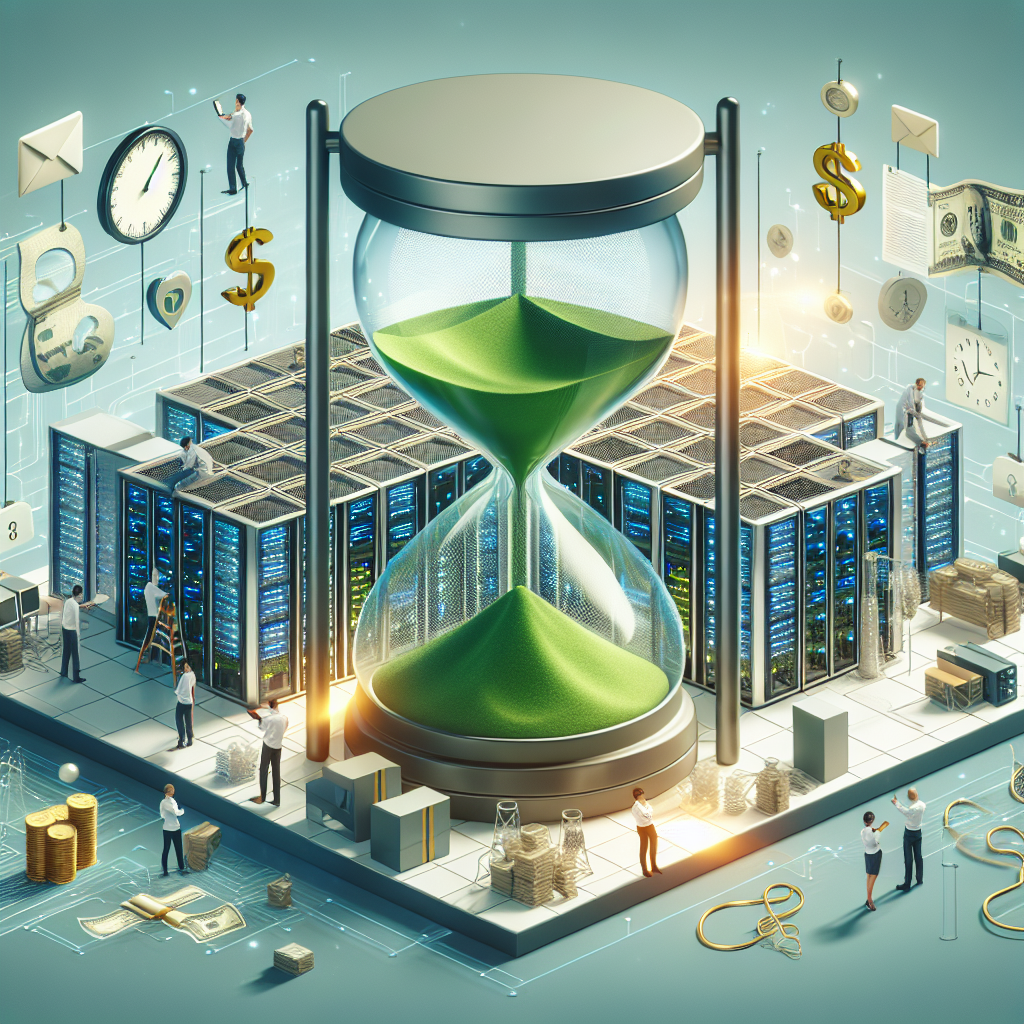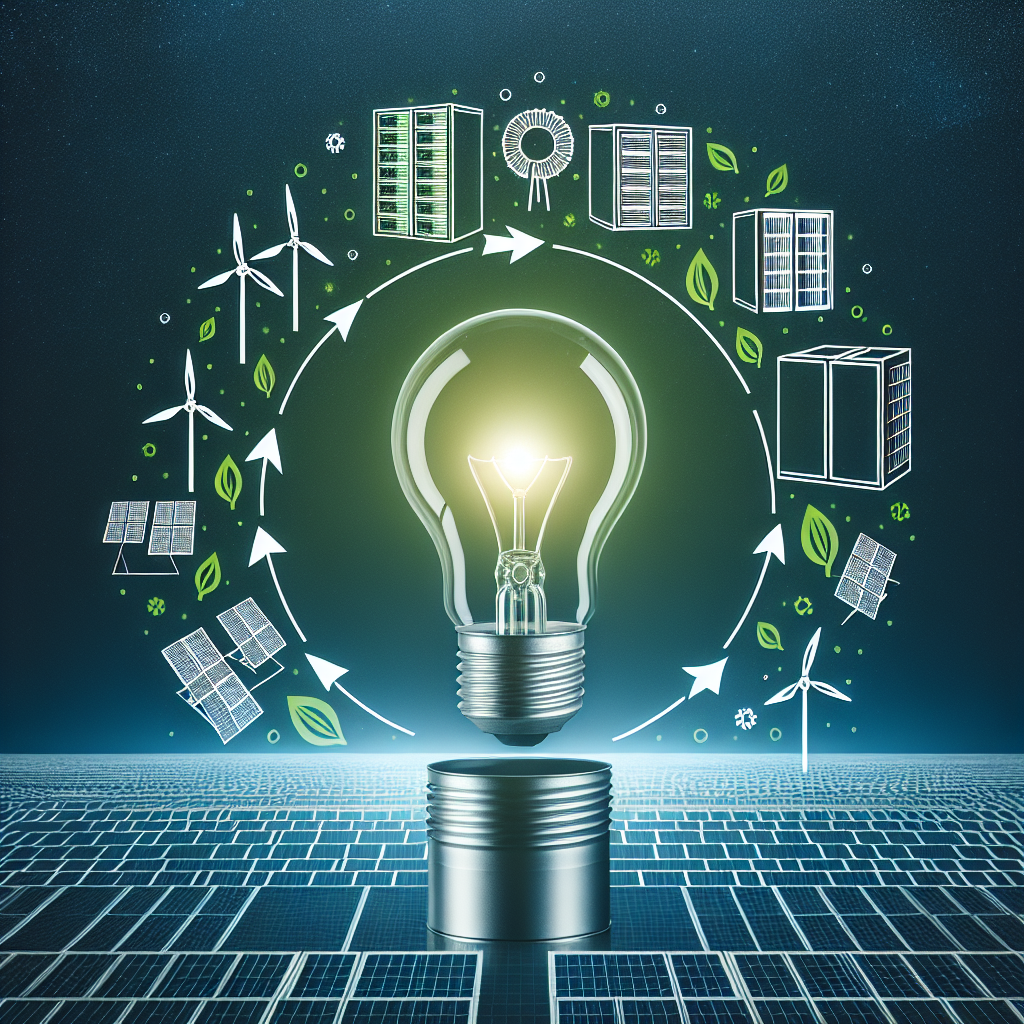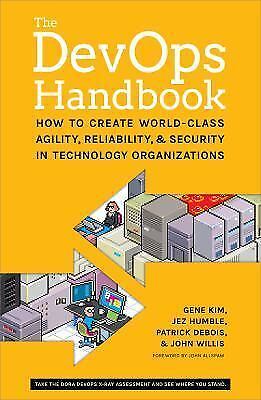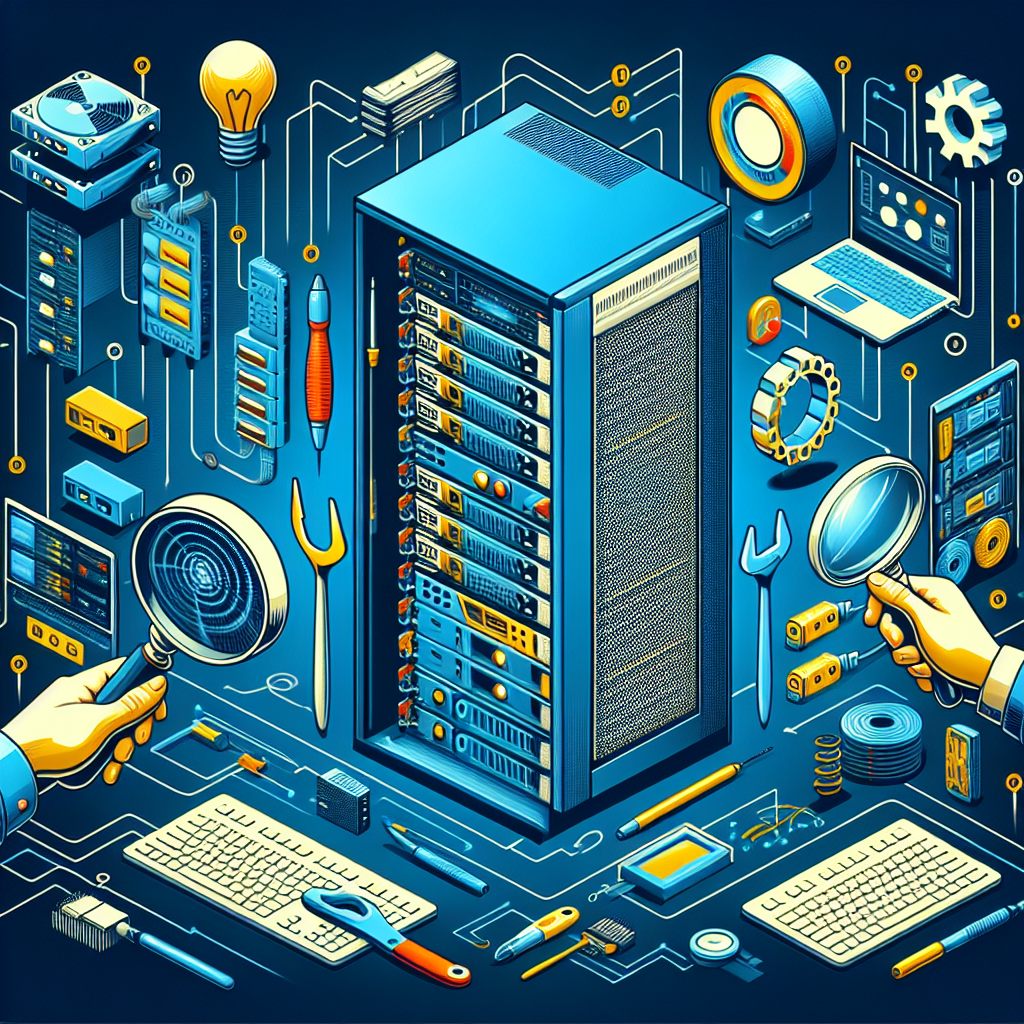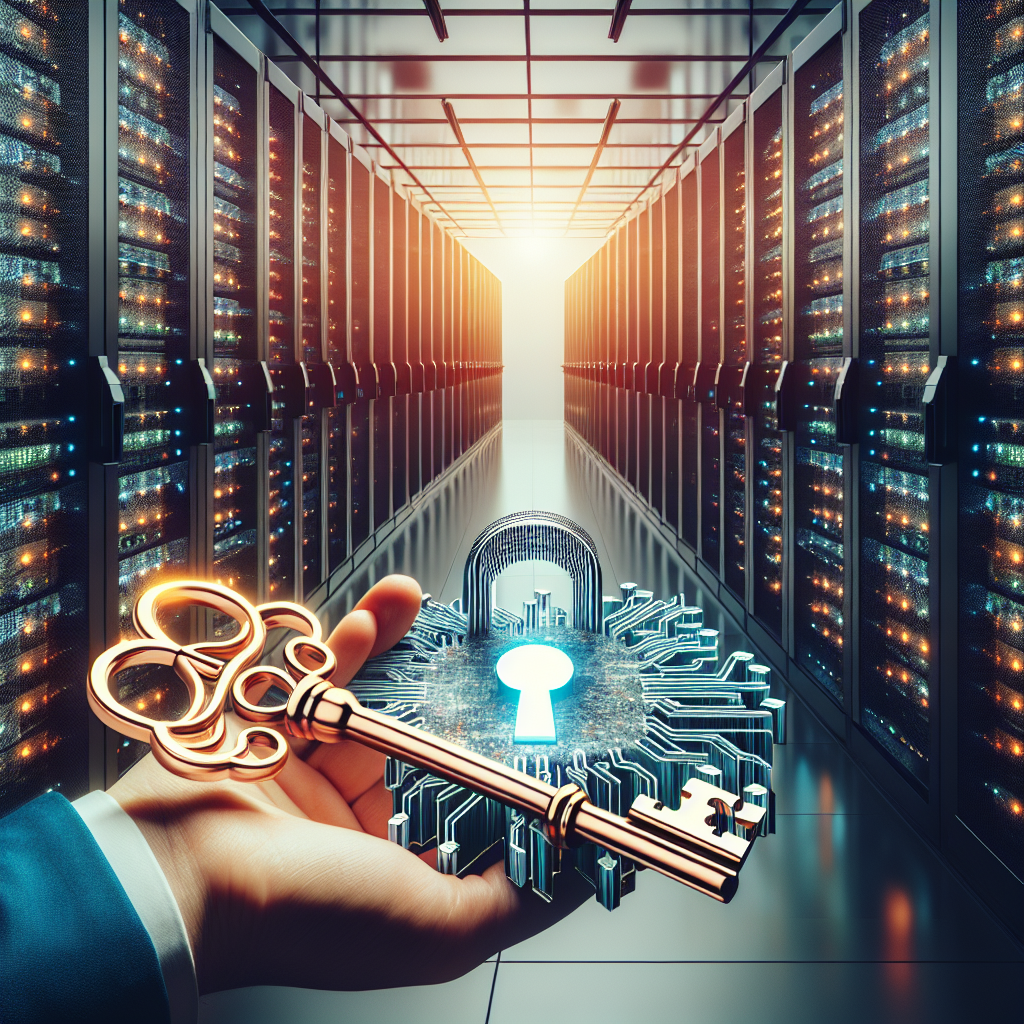Data centers play a crucial role in our modern world, serving as the backbone of our digital infrastructure. With the increasing demand for data storage and processing, data centers have become one of the largest consumers of energy in the world. This has led to growing concerns about their environmental impact and the need for sustainable practices.
In recent years, data center sustainability has emerged as a key focus for the industry, with a shift towards energy efficiency and the adoption of renewable resources. This evolution has been driven by a combination of factors, including regulatory pressures, cost savings, and a growing awareness of the environmental impact of data centers.
One of the key areas of focus in data center sustainability is energy efficiency. Data centers are typically energy-intensive facilities, with a large portion of their operating costs going towards electricity consumption. By implementing energy-efficient technologies and practices, data centers can reduce their energy consumption and lower their carbon footprint.
One of the ways data centers are improving energy efficiency is through the use of advanced cooling systems. Traditional data center cooling systems can be highly inefficient, consuming a significant amount of energy to keep servers at optimal operating temperatures. By adopting more efficient cooling technologies, such as liquid cooling or free cooling, data centers can reduce their energy consumption and lower their environmental impact.
Another important aspect of data center sustainability is the adoption of renewable resources. Many data centers are now turning to renewable energy sources, such as solar, wind, and hydro power, to power their operations. By generating their own renewable energy on-site or purchasing renewable energy credits, data centers can reduce their reliance on fossil fuels and reduce their carbon emissions.
In addition to energy efficiency and renewable resources, data centers are also exploring other sustainable practices, such as water conservation, waste reduction, and recycling. By implementing these practices, data centers can further minimize their environmental impact and contribute to a more sustainable future.
Overall, the evolution of data center sustainability is a positive development for the industry and the environment. By prioritizing energy efficiency, adopting renewable resources, and implementing sustainable practices, data centers can reduce their environmental impact and help build a more sustainable future for generations to come.

